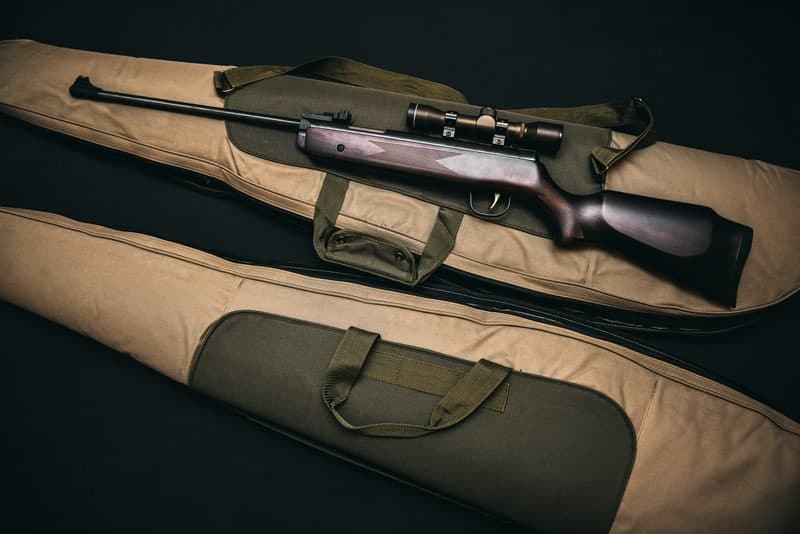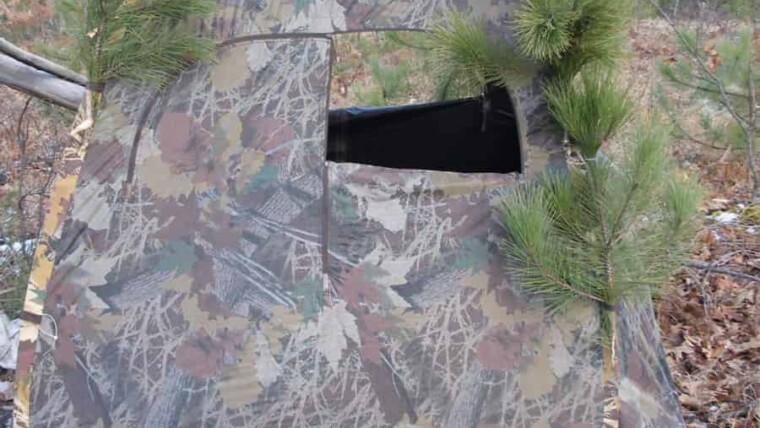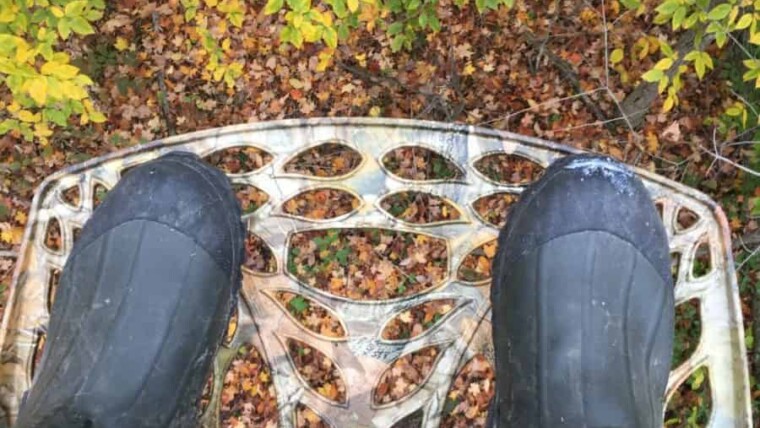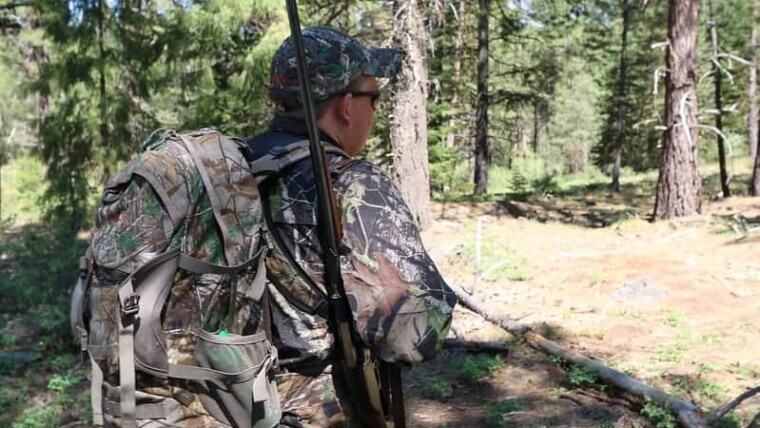After reading my advice for first-time deer hunters in “How Should I Prepare to Go Deer Hunting for the First Time?”, you might be feeling inspired to dedicate an entire week to some of the most fertile hunting grounds in the United States. This inspiration may be particularly acute if you’d rather hunt in a warmer or cooler climate, depending on individual preference. However, if you live in Maine and would like to hunt in Texas, a flight will most likely be involved, which brings to mind a natural question: How exactly does one fly with a hunting rifle?
Flying with your hunting rifle follows a similar protocol to flying with other firearms, though extra considerations for rifles may need to be taken into account. These considerations include awareness of the most current TSA and individual airline policies, as well as preparation before and at the airport.
Current TSA and Individual Airline Policies
One of the first considerations for flying with hunting rifles includes strong awareness of current TSA policies, which will determine the ultimate viability of your proposed hunting plan. You can read the most current TSA regulations regarding firearms here. In addition, if you have additional questions, you can also reach out to the TSA directly, either via e-mail or phone call.
Traveling with rifles can be complicated not only due to TSA policies (and their tendency to change), but also due to individual airline policies. All airlines will abide by TSA policies, but they may also have unique requirements. Be sure you understand all policies and requirements before booking a flight. In addition, once your flight is booked, be sure to declare the firearm and reveal all pertinent information that the airline will need.
Airport Preparation
Before Airport
Once you’re well-familiarized with the most recent TSA policies, along with individual airline policies, it is time to prepare your rifle(s) before traveling to the airport for your upcoming flight.
Passengers will not be permitted to take rifles or other firearms on board, which means checking a suitcase will be mandatory. Most airlines these days, with the exception of Southwest Airlines, charge for checked baggage, which means that especially cost-conscious hunters should be aware of all the incremental expenses associated with traveling with your rifle via domestic flights.
Each gun must be unloaded and stored in a hard-shell case. These cases must remain locked, and you should have either the key or the numeric code needed to open the case with you at all times. In addition, the ammunition must be packed separately and securely, ideally encased within cardboard. Other items, such as magazines and clips, can also be transported, but only in your checked luggage.
At Airport
Properly packing your hunting rifles, ammunition, and related tools enables you to travel to the airport with confidence. Your confidence will be further increased by undertaking just a few more actions to ensure a trouble-free airport experience, both before and after the flight.
It is generally recommended to arrive at airports at least two hours in advance of a domestic flight. If it is your first time traveling with a rifle, be sure to allow ample time, as you may face additional questioning and security screenings. Once you arrive at the airport be sure to declare your weapons to the airline and allow security to inspect your packed weapons if asked. Be sure to answer all questions as fully and accurately as possible, demonstrating utmost courtesy. In addition, weapons may be claimed in regular baggage claim or a special baggage claim area, depending on the state and airport. Asking in advance where to find your checked rifle will save additional time once you arrive.
Additional Considerations
The above discussion pertains primarily to national considerations when flying with a rifle, without any strong emphasis on a particular state. However, taking into account individual state restrictions alongside federal regulations are crucial additional considerations that must be undertaken before planning an out-of-state hunting trip.
Constitutional Carry
The concept of constitutional carry aligns with the second amendment, which asserts that American citizens have the right to bear arms. Through this right, individuals are free to own guns without licenses or permits. This concept is important for hunters traveling out of state, as you will need to determine whether or not you will need a special license to hunt a particular state. States that recognize constitutional carry generally do not require a special license or permit for residents and non-residents, which makes them attractive to hunters.
Reciprocity & Non-Resident Licenses
Reciprocity is similar to constitutional carry in that it helps individuals determine the most “hunter-friendly” states. Some states may not recognize constitutional carry, but they may offer hunters reciprocity, which includes mutual recognition of hunter education. Should a state have neither constitutional carry nor reciprocity, hunters can purchase a hunting license in all 50 states (link to prove it), though costs can vary quite a bit. Before traveling for a hunt, be sure to check all the state’s requirements very carefully.
Related Questions
How do I fly with my bow and arrow?
While the requirements for flying with a bow and arrow are not as stringent as flying with a rifle, some requirements remain the same. A bow and arrow definitely cannot be carried on-board, and they would need to be stored safely in checked luggage. When packing, it is crucial to ensure that no sharp points will poke through the luggage at any point, eliminating the risk of injury to anyone handling your baggage. It is also important to consult an airline for any individual policies the company may have.
Read an in-depth article on “How To Fly with A Compound Bow”
Do I have any legal protection for any issues that may arise from traveling with a rifle?
Yes, you have legal protection under the Firearm Owners Protection Act, which was designed to protect traveling gun owners. By traveling with legal possession of a firearm from the start to the finish of a flight, you will be protected for the duration of your entire journey, provided you adhere to the detailed advice earlier in this article. In a nutshell, if you pack your rifle properly and follow all the necessary protocols of both the TSA and individual airline policies, you should encounter few if any criminal issues. However, to avoid paying any major legal fees to avoid these issues, it is recommended to avoid especially punitive states, including Illinois, Maryland, New York, California and New Jersey.








